Eid
DATE
There are two Eids: Eid Al-Fitr & Eid Al-Adha
Both are based on the lunar calendar, which means dates change each year for both Eids
Eid Al-Fitr takes place between May and June at the end of Ramadan on the first day of Shawwal in the Islamic calendar, which is observed on different days in different parts of the world
Eid Al-Adha is held around the 10th to the 13th days of Dhu al-Hijjah on the Islamic calendar. It is observed from sundown to sundown the following day
HOLIDAY TYPE
Cultural and religious holiday (Islam)
OBSERVED BY
Both Eids are celebrated by the Islamic world as well as other countries (Algeria, Australia, Bahrain, Bangladesh, Brunei, Chad, Côte d’Ivoire, Egypt, Iceland, India, Indonesia, Iran, Iraq, Japan, Jordan, Kuwait, Lebanon, Libya, Malaysia, Mali, Mauritania, Morocco, Nepal, Niger, Oman, Pakistan, Palestine, Qatar, Saudi Arabia, Somalia, Sudan, Syria, Thailand, Tunis, Turkey, United Arab Emirates & Yemen)
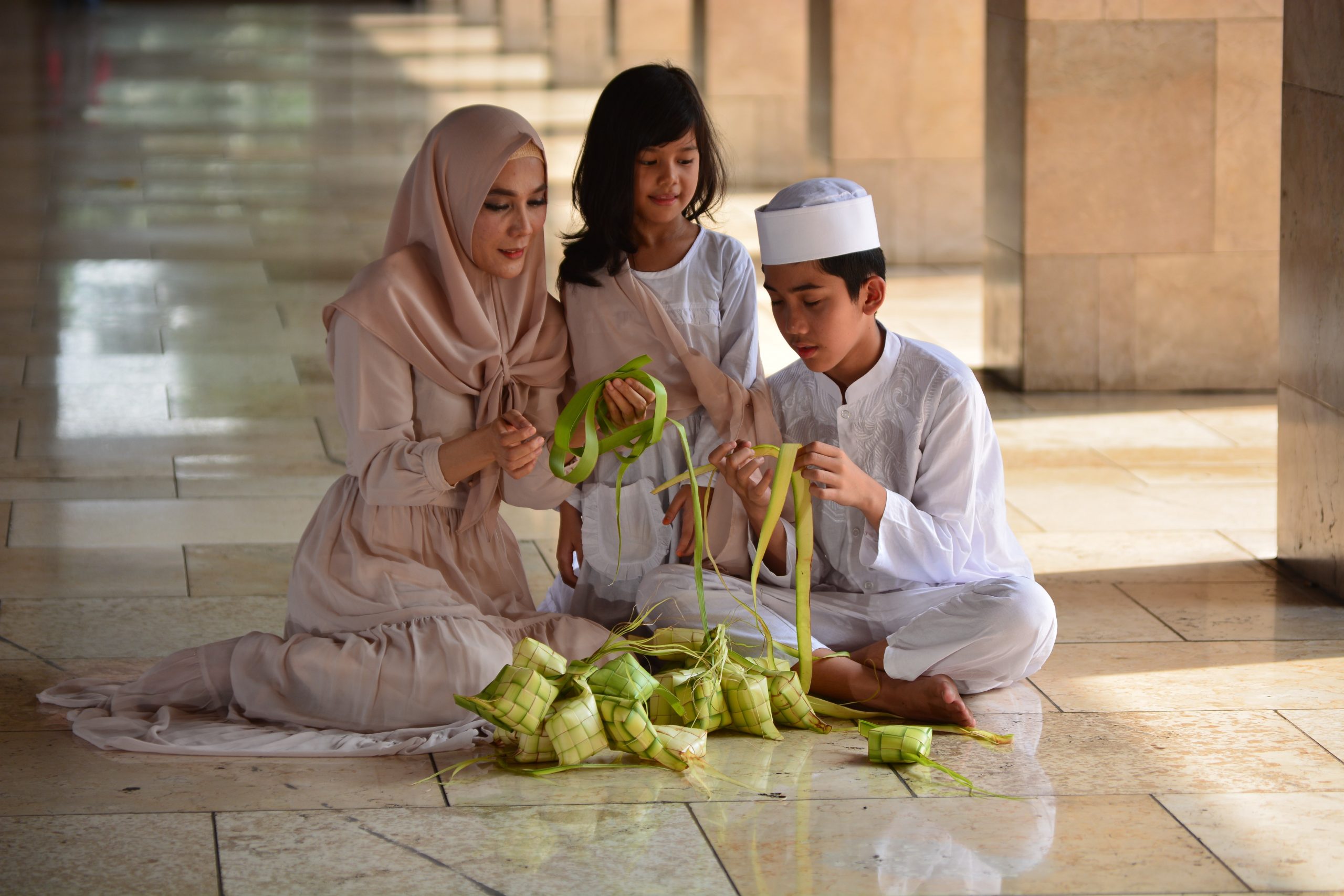
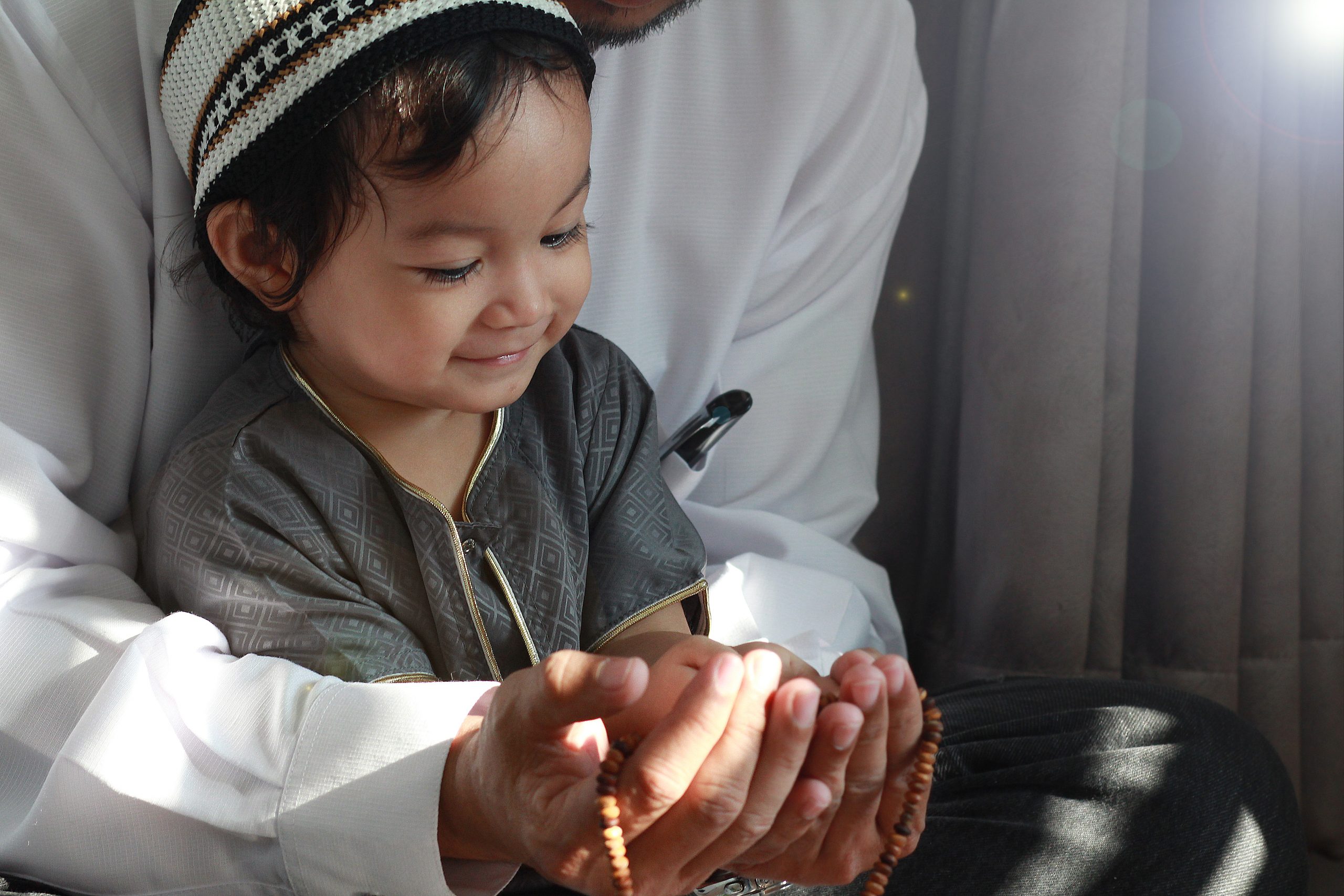
CUSTOMS & TRADITIONS
Annually, there are two special dates of festivities enjoyed by Muslims. Both holidays begin with the word Eid (Eid Al-Fitr and Eid Al-Adha). The first, Eid Al-Fitr, breaks the fast of Ramadan, while the second, Eid Al-Adha, is a time of prayer. The names of both holidays get shortened to just “Eid” since the word Eid means feast or festival. On both Eids, Muslims go to special prayers at their mosque and they celebrate with family and friends. It is customary for elder relatives and family friends to give children envelopes filled with money. This gift is called “eidi.”
Eid Al-Fitr is celebrated with joy and festivities. Muslims recite a poem praising Allah, which is known as Takbir, they wear new clothes, and greet each other with the phrase happy Eid or “Eid Mubarak”. Muslim families sit down for a grand meal. Donations of money or food (dates, raisins, wheat & barley) are given to the poor, known as Zakat al-Fitr, or charity of fast-breaking. Gifts are also exchanged.
Eid Al-Adha begins with special prayers between sunrise and noon. A sermon, known as khutbah, follows. Families that can afford to sacrifice a livestock animal (sheep, goat, cow or camel). The meat is divided into three equal parts with one third going to the family and the rest going to those in need. Others may donate the equivalent cost of the sacrificial animal to charity.
TRADITIONAL FOOD & DRINKS
Food: Dates and sweets are typically served for breakfast. Snacks and meals are served for brunch and often include: dahi baras, samosas, chana chaat, nihari, and halwa poori. Dinner typically features celebratory dishes, such as haleem, nihari, pulao, and biryani.
Desserts: Special biscuits, bread, cakes, and puddings. Kheer or sheer khurma are very popular.
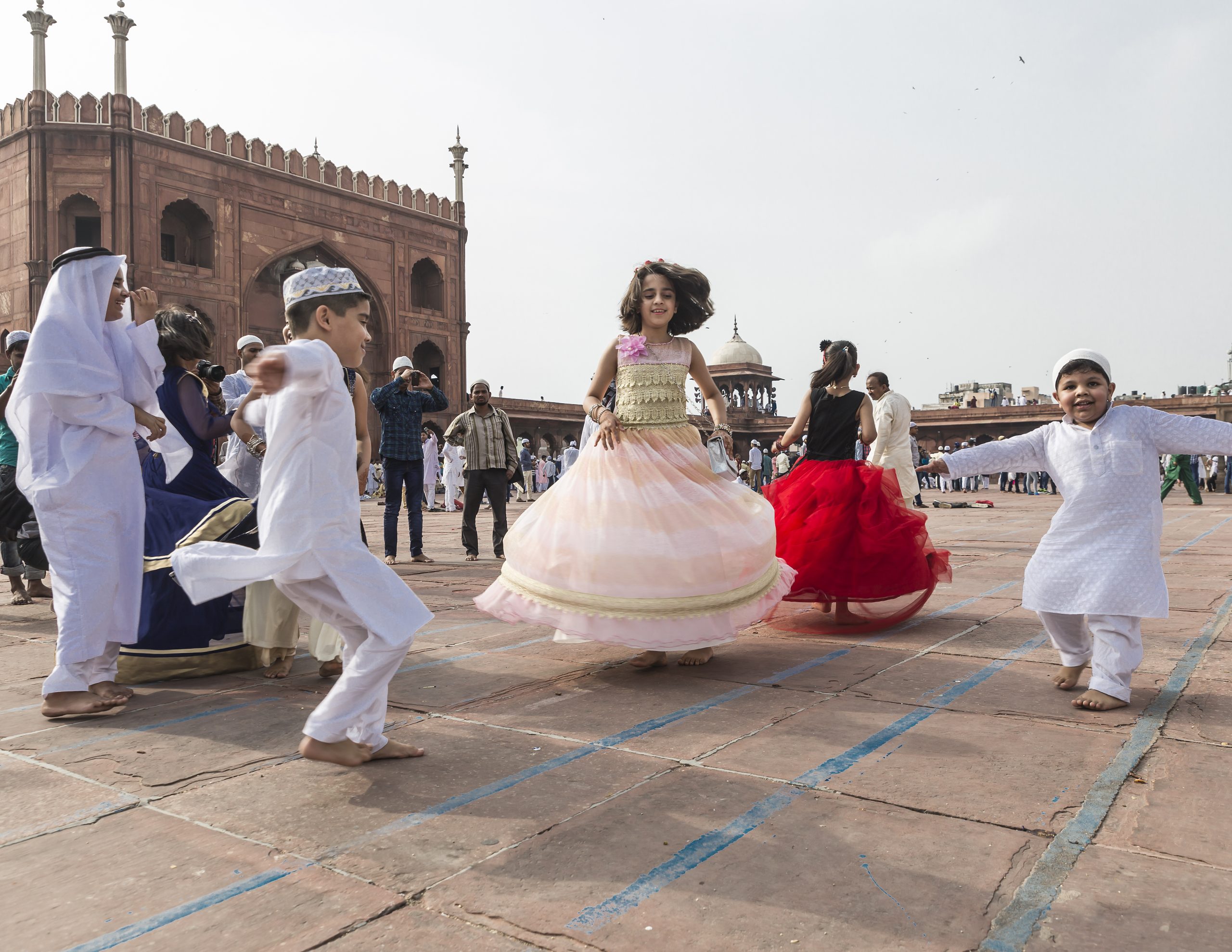


HOLIDAY HISTORY
Eid Al-Fitr means “festival of breaking the fast” and marks the end of Ramadan (the fasting month). It is a time for Muslims to acknowledge when Allah, or God, gave the first chapters of the Quran to the Prophet Muhammad in 610. During Ramadan, Muslims fast, abstain from pleasures, and pray to become closer to God. It is also a time for families to gather and celebrate.
Eid Al-Fitr also known as Eid-al-Fitr, Eid al Fitr, Eid Ul-Fitr, Eid-ul-Fitr and Eid ul Fitr. This festival is celebrated by different names in different countries. In Bangladesh, it is called Shemai Eid, in Indonesia, it is called Idul Fitri, in Malaysia, it is called Hari Lebaran or Hari Raya Puasa, and in Turkey, it is called Ramazan Bayrami. Celebrations vary in each country and span from one to three days.
Eid Al-Adha means “feast of the sacrifice” or “sacrifice feast.” It commemorates Ibrahim’s willingness to sacrifice of his son to God. The holiday coincides with the end of Hajj, which is the annual Islamic pilgrimage to Mecca in Saudi Arabia. Eid Al-Adha is considered holier than Eid Al-Fitr.
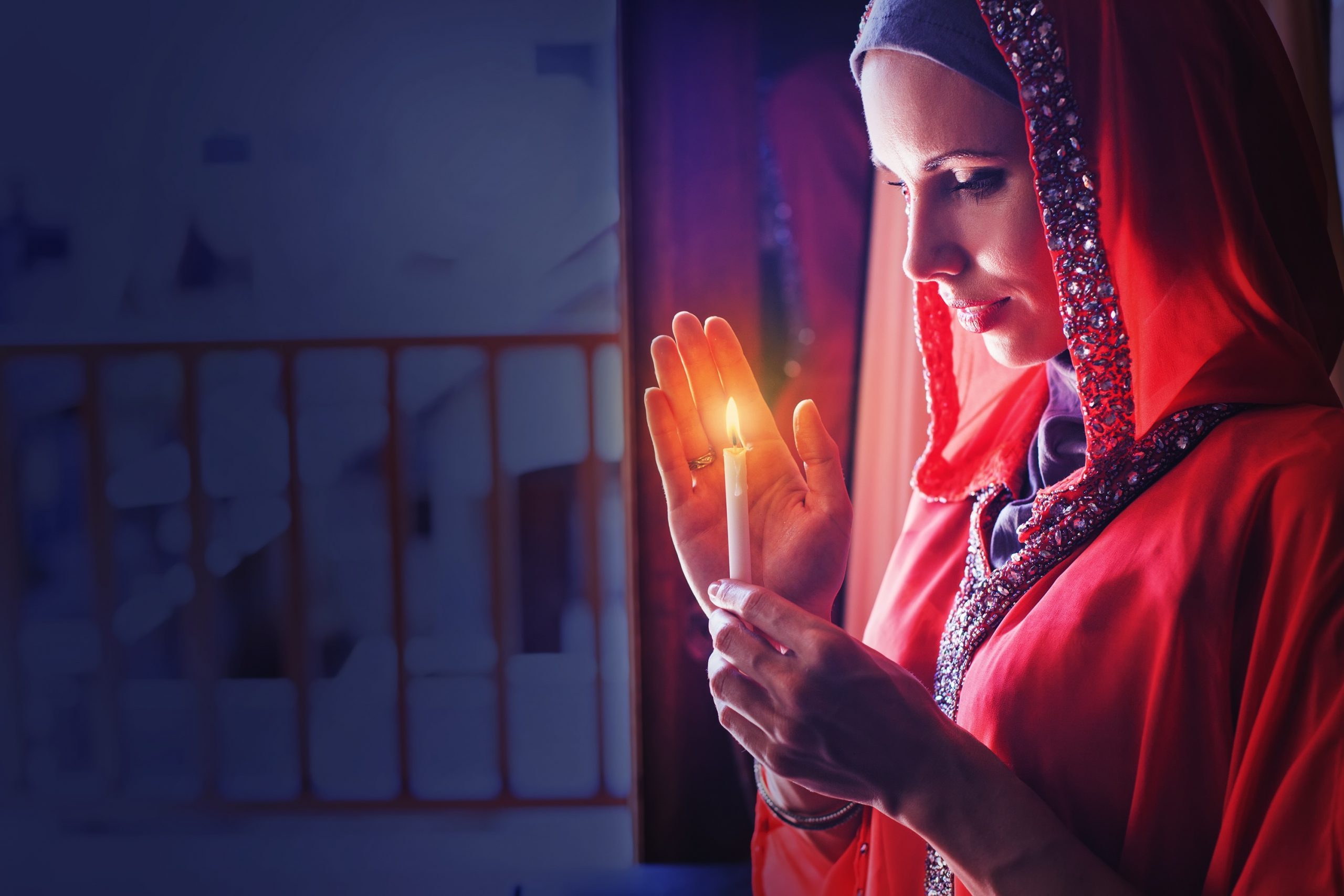
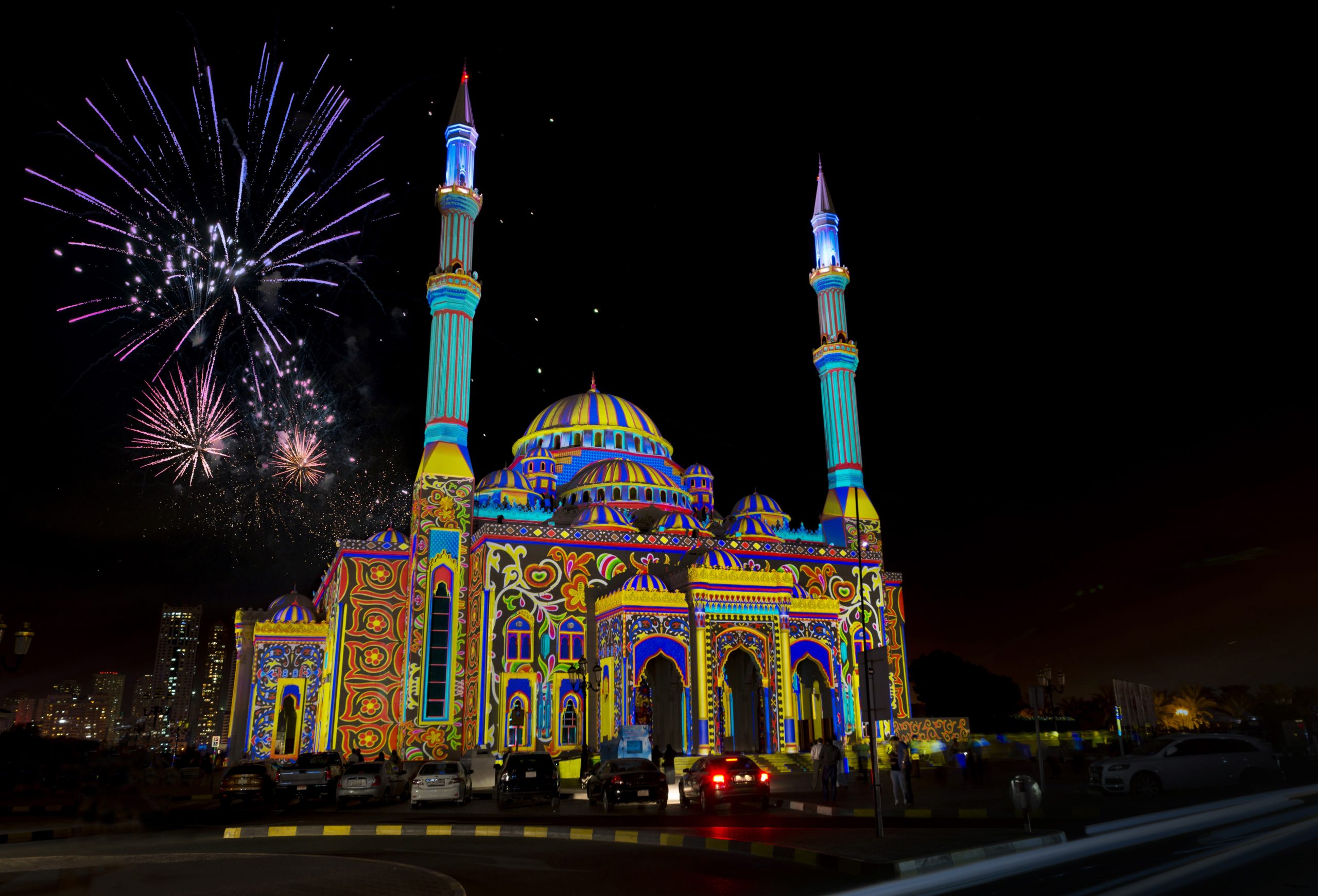
Subscribe
Welcome to Holiday Channel
Subscribe to know the latest
This will close in 0 seconds
